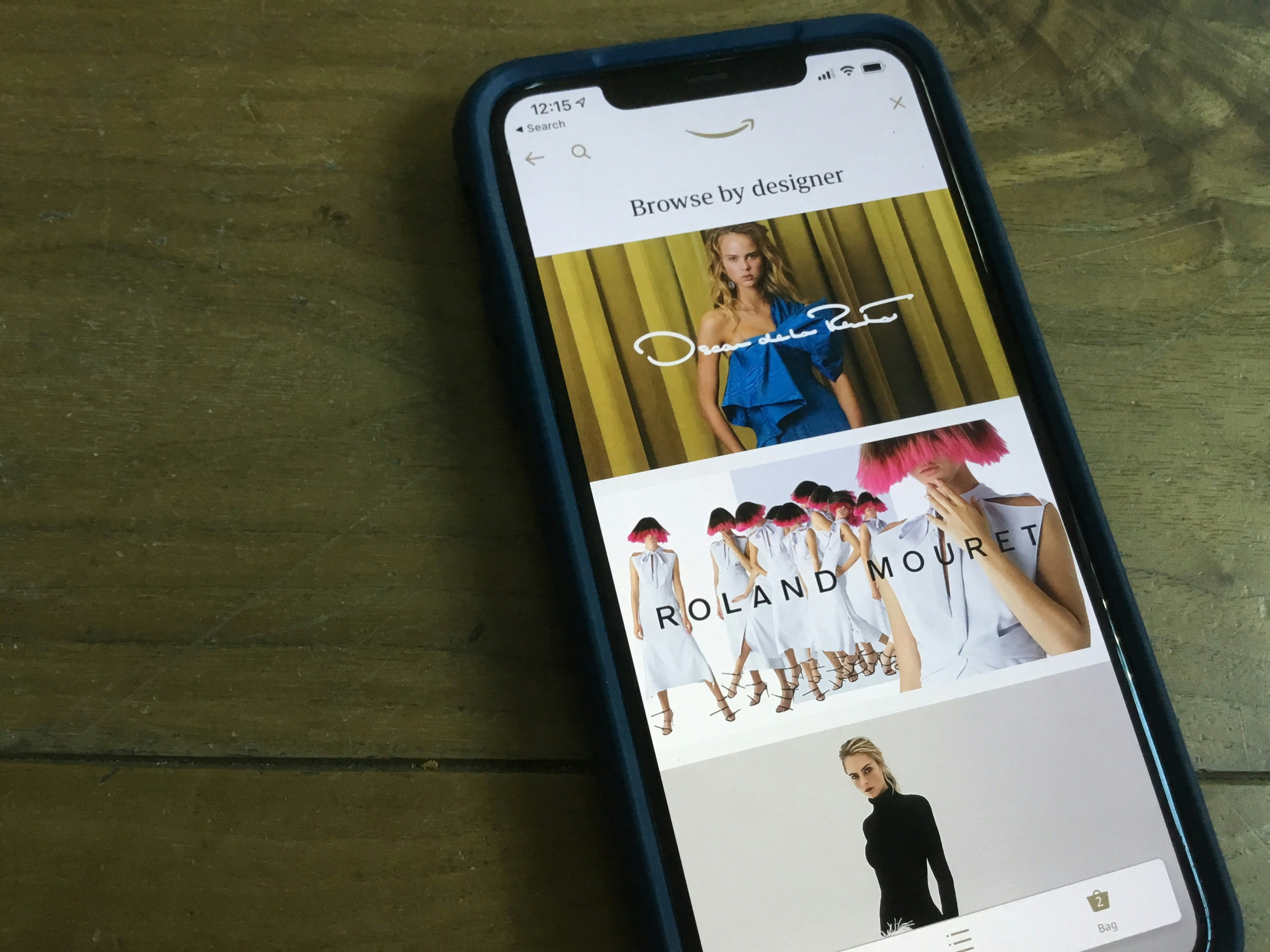
The Rise of Social Media in Fashion Marketing
The evolution of social media has dramatically reshaped the landscape of fashion marketing in recent years. Traditionally, fashion brands relied heavily on conventional advertising methods such as television commercials, print media, and billboard campaigns. However, with the advent of digital platforms, the shift towards social media has become increasingly prominent. Fashion brands now recognize the importance of establishing a robust online presence to connect with their target audience more effectively. This transition reflects not only changing consumer behavior but also advances in technology that have made digital marketing more accessible and cost-effective.
Statistics reveal the astonishing impact social media has on consumer purchasing behavior. According to recent surveys, approximately 70% of consumers aged 18 to 24 and 62% of those aged 25 to 34 are influenced by social media when making fashion-related purchases. This trend is notably strong among Millennials and Generation Z, groups that are more inclined to engage with brands online. Social media platforms provide an interactive space where these consumers can share experiences, seek recommendations, and discover new products. This organic reach is invaluable, allowing fashion brands to cultivate brand loyalty and stimulate sales through direct engagement.
Major social media platforms such as Instagram, Facebook, TikTok, and Pinterest play crucial roles in fashion marketing strategies. Instagram, with its focus on visual content, allows brands to showcase their products through high-quality images and videos, fostering engagement with potential customers. Meanwhile, TikTok’s rapidly growing user base has revolutionized how brands can reach younger audiences through innovative and entertaining content. Facebook remains a vital platform for community building and customer interaction. Overall, these platforms have become essential tools for brands aiming to increase visibility and drive sales in a highly competitive market.
Effective Social Media Strategies for Fashion Brands
Social media has emerged as a vital platform for fashion brands to engage their audience and drive sales effectively. To harness its full potential, brands implement a variety of strategies that align with their identity and target demographics. One significant strategy is influencer collaborations, where brands partner with popular figures who resonate with their audience. This approach not only boosts visibility but also enhances credibility, as consumers tend to trust recommendations from familiar faces.
Another effective tactic is leveraging user-generated content (UGC). This approach not only fosters a sense of community among consumers but also provides brands with authentic content that demonstrates real-life usage of their products. By encouraging customers to share their experiences through photos and reviews, brands can tap into a treasure trove of marketing gold that showcases their offerings in a relatable manner. This form of participation plays a pivotal role in making audiences feel valued and part of the brand narrative.
Moreover, live shopping events have recently gained traction, particularly during peak shopping seasons. Brands utilize social media platforms to host these interactive experiences, allowing viewers to shop in real time while engaging with hosts. Such immersive experiences create a sense of urgency and exclusivity, urging consumers to make purchases on the spot.
Storytelling is another compelling way that fashion brands craft their narrative online. By sharing behind-the-scenes content, brand stories, or showcasing the craftsmanship that goes into their products, they foster emotional connections with their audience. Authenticity in this storytelling process is crucial; consumers are more likely to support brands that reflect their values and beliefs.
Real-world case studies, such as successful campaigns orchestrated by major fashion labels, highlight the effectiveness of these strategies. For instance, a renowned brand’s collaboration with micro-influencers resulted in significant sales increase and a thriving online community. Such examples underscore the profound impact that well-executed social media strategies can have on brand growth and revenue generation.
Measuring Success: KPIs and Analytics in Social Media Marketing
In the era of digital marketing, understanding the impact of social media on sales is crucial for fashion brands. Key Performance Indicators (KPIs) and analytics tools play a vital role in evaluating the success of social media marketing efforts. Brands employ various metrics to gauge their performance, including engagement rates, conversion rates, reach, and brand sentiment.
Engagement rates indicate how actively users interact with content, measured through likes, shares, and comments. A high engagement rate often signifies that the content resonates with the audience, leading to greater brand loyalty and potential sales. Conversion rates, on the other hand, track the percentage of users who take a desired action, such as making a purchase after clicking through from a social media post. This metric is critical for understanding the effectiveness of campaigns in driving sales and is often the ultimate goal of social media initiatives.
Another important metric is reach, which refers to the total number of unique users who see the content. A wide reach suggests that the brand’s posts are successfully attracting attention, but it should be balanced with engagement metrics to ensure that visibility correlates with interactions. Brand sentiment, the overall feeling toward a brand based on social media conversations, serves as a qualitative measure of public perception. Positive sentiment can lead to increased brand advocacy and higher sales.
Fashion brands are increasingly utilizing advanced analytics tools, such as Google Analytics and social media dashboards, to collect data and inform their strategies. These insights allow brands to refine their marketing approaches by identifying successful tactics and areas requiring improvement. For instance, brands like Nike and Zara have effectively used analytics to track their social media performance, adjusting their campaigns based on real-time feedback and audience behavior. Through diligent analysis, fashion brands can not only measure success but also adapt their marketing strategies to optimize results continually.
Future Trends: The Next Wave of Social Media in Fashion
As the fashion industry continues to evolve, the integration of social media has become an essential component in shaping consumer interactions and brand engagement. Emerging trends suggest that the future of social media in fashion will be defined by the rise of augmented reality (AR), a heightened emphasis on sustainability, and the influence of budding platforms like TikTok.
Augmented reality is poised to revolutionize the ways consumers interact with fashion brands. The implementation of AR in virtual try-ons allows customers to visualize how clothing looks on them without physical trials. This immersive experience not only enhances consumer confidence but also reduces return rates, a critical concern for brands. By leveraging AR technology, fashion brands can create engaging social media campaigns that invite exploration, making the shopping experience more interactive and enjoyable.
Moreover, as consumers increasingly prioritize sustainability and ethical practices, brands must adapt their social media narratives accordingly. Transparent storytelling around sustainable sourcing, eco-friendly production processes, and responsible labor practices will resonate with conscious consumers. Brands that effectively communicate their commitment to sustainability on social media can foster loyalty and attract a growing demographic that values ethical fashion choices.
New social media platforms, particularly TikTok, are shaping the marketing landscape. Their short-form video content encourages creativity and engagement, presenting unique opportunities for fashion brands to connect with a younger audience. Brands that strategically employ TikTok’s potential through innovative content and influencer collaborations can generate significant buzz and drive sales. However, brands must be prepared to navigate the fast-paced nature of these platforms and the challenges that come with keeping up with trends.
In conclusion, by embracing the potential of augmented reality, committing to sustainability, and leveraging emerging platforms, fashion brands can strategically position themselves for success in an ever-evolving digital landscape. Adapting to these trends will be essential for brands looking to stay relevant and competitive in the future of fashion marketing.


